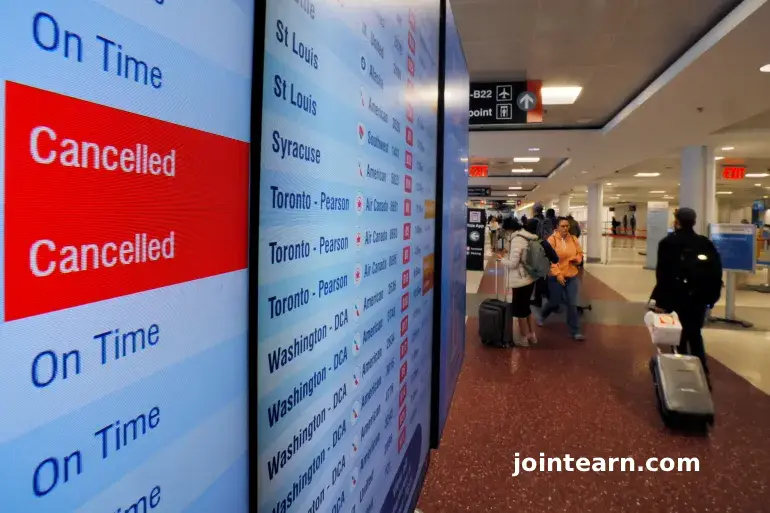Gurugram authorities have introduced a stringent new policy placing responsibility on bars and restaurants if their customers are caught driving under the influence of alcohol, marking a significant shift in how the city intends to curb drunk driving. The directive, which draws authority from Section 168 of the Bharatiya Nyaya Sanhita (BNSS), reflects rising concern over the growing number of accidents on Gurugram’s roads and signals an attempt to hold not just individuals but also commercial establishments accountable for public safety.
According to officials, notices have been issued across the city instructing bars, pubs, and restaurants to ensure that no customer who has consumed alcohol is allowed to drive away. Police commissioner Vikas Kumar Arora explained that establishments must deploy staff specifically tasked with monitoring patrons who have been drinking for extended periods. These staff members are expected to evaluate whether a customer appears intoxicated and, if necessary, arrange transportation via cabs or hired drivers. The directive underscores that the onus is now on business owners and managers to intervene before an inebriated customer reaches a vehicle.
The police have clarified that non-compliance will attract strict action against the establishment in question. Officials say the move aims to cultivate a culture of shared responsibility where businesses that profit from alcohol sales also participate actively in preventing dangerous behaviour. Haryana police chief OP Singh has instructed district police units to enforce the order and ensure that every bar and restaurant prominently displays warnings about the dangers and legal implications of drunk driving. These warnings must be visible and unambiguous, reminding customers that driving under the influence endangers lives and carries severe legal penalties.
The directive comes amidst troubling statistics that show a sharp rise in serious road accidents across Gurugram. According to the Gurugram Traffic Police, the city has recorded 345 fatalities and more than 580 injuries from traffic accidents so far this year. These figures represent a mounting public safety crisis, and officials say that irresponsible driving, speeding, and impaired driving are major contributors. High-risk stretches such as NH-48, the Delhi-Jaipur Highway, Dwarka Expressway, Sohna Road, and Golf Course Extension Road have been identified as some of the deadliest corridors in the region.
In addition to imposing accountability on bars, the police commissioner has also taken a public swipe at certain categories of drivers, especially those behind the wheel of high-performance vehicles. Arora expressed particular concern about the behaviour associated with Mahindra Thar drivers and Royal Enfield Bullet motorcycle riders. He said that, in police assessment, these two vehicle categories are frequently linked to reckless and unruly conduct on Gurugram’s roads. Describing the pattern, he noted that “all rogue elements use these two,” suggesting that the choice of vehicle often correlates with risky behaviour. He added that many drivers of Thar vehicles engage in dangerous stunts, speeding, and road rule violations that place both themselves and others at risk.
The police maintain that these comments are not mere generalisations but are based on repeated observations made during accident investigations and routine enforcement. With an increasing number of high-powered vehicles becoming accessible to younger drivers, the police argue that heightened vigilance is necessary to prevent thrill-seeking behaviour from escalating into fatal accidents. In response, Gurugram Police are planning stricter monitoring, enhanced night patrolling, and targeted enforcement on roads where stunt driving has been reported.
While the provision to hold bars liable is being seen as a bold move, it also faces questions from hospitality sector representatives about implementation. Ensuring that staff are adequately trained to assess intoxication levels, preventing confrontations with customers, and coordinating reliable transport options are among the practical challenges establishments may face. However, police officials emphasise that these measures are essential, given the alarming rise in road casualties and the need to prevent avoidable deaths caused by drunk driving.
The new policy is part of a broader set of road-safety initiatives being rolled out by the Gurugram administration. In collaboration with Google Maps, the city’s traffic police have launched a real-time digital navigation alert system that warns drivers when they are approaching accident-prone or hazardous zones. This system, currently operational on 129 major roads, feeds into Google Maps’ navigation interface, providing live notifications about blackspots, areas with high crash frequency, and stretches that require slower speeds or heightened caution.
The platform also displays speed limits for different road segments, helping drivers stay aware of regulatory requirements and encouraging safer driving habits. According to DCP Traffic Rajesh Kumar Mohan, the collaboration with Google aims to reduce accidents by improving situational awareness and ensuring that drivers are informed before they reach dangerous zones. Mohan noted that technology-driven solutions are a crucial part of modern traffic management and that integrating digital tools with conventional policing can significantly enhance road safety outcomes.
This real-time warning system is expected to become increasingly sophisticated as more data is fed into it. Police anticipate that the technology will allow them to track patterns in road usage, identify emerging hazards, and guide enforcement efforts more effectively. Authorities believe that such tools, combined with stricter regulations on alcohol service and targeted action against reckless drivers, can help curb the rise of fatal accidents in the district.
Public response to the new directive holding bars accountable has been mixed. Some residents have welcomed the measure as a necessary step in protecting lives and reducing the number of drunk drivers on the road. Others, however, worry that the initiative may result in conflicts within establishments or lead to overreach, where staff become excessively cautious or intrusive. Still, police officials argue that the stakes are too high to leave the issue unaddressed. With hundreds of lives lost annually to accidents in Gurugram, the goal is to reduce preventable tragedies and enforce a culture of responsibility.
The authorities have stressed that the intention is not to penalise businesses unfairly but to ensure that establishments serving alcohol participate meaningfully in harm prevention. Police say that many cities globally implement similar shared-responsibility models, and such systems have been effective in reducing alcohol-related road accidents. By placing the responsibility partially on those who serve alcohol, officials hope to build an environment where safety checks are embedded throughout the chain—from patron behaviour to business practices to enforcement.
Going forward, Gurugram Police plan to conduct awareness campaigns, training sessions for hospitality staff, and community outreach programmes to explain the details of the directive. They aim to foster cooperation rather than confrontation, ensuring that bars understand their role in preventing drunk driving while also providing them with guidance on best practices.
Taken together, these initiatives—stricter liability for bars, targeted monitoring of high-risk drivers, and the integration of digital traffic alerts—signal a substantial shift in Gurugram’s road safety strategy. At a time when the city continues to witness rapid urban growth, rising vehicle ownership, and increasing nightlife activity, the administration appears determined to address the safety challenges that accompany these trends. The measures reflect an effort to combine law enforcement, technology, and community responsibility to reduce accidents and save lives on Gurugram’s roads.


Leave a Reply